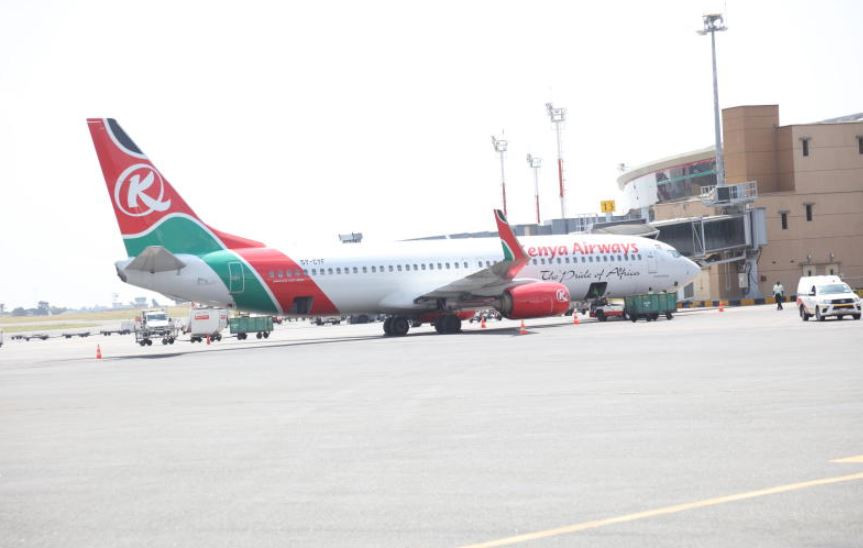×
The Standard e-Paper
Read Offline Anywhere
It is afternoon at Tsavo West National Park and a mission to track down the endangered black rhino is ready to roll.
The exact location is Ngulia Rhino Sanctuary, home to 69 black rhinos under 24-hour surveillance.







